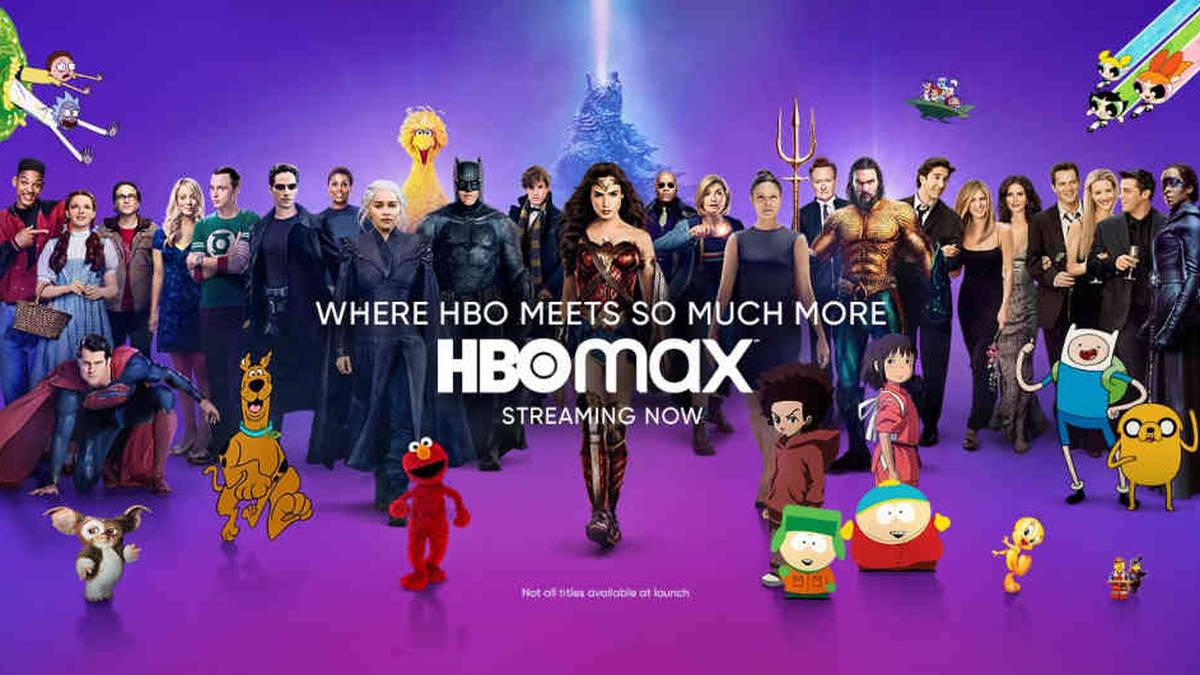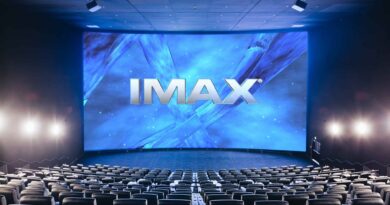Choice Overload: The Problem of Streaming Platforms
Do you remember the time when you decided to watch something on your preferred streaming platform? You opened the app and scrolled through hundred different options but in the end, you find yourself spending more time on the selection menu than actually watching anything. This isn’t just you. This is a real problem called ‘Choice Overload’ that affects our decision-making process.
The Rise Of Streaming Platforms
How we watch movies and television shows have changed drastically as a result of the phenomenal expansion of video streaming services like Netflix, Amazon Prime Video, Disney Plus and many more.
OTT (over-the-top) media services or streaming platforms as they are usually called have grown significantly in the past two years. This unprecedented growth can be attributed to theatres being closed as an effect of the pandemic. With limited means to release a film in theatres, several big productions chose to release completed films on streaming platforms. While this drastically reduced box office numbers, it allowed industry giants to build a consumer base for their own streaming platforms example, HBO Max.

The different streaming giants make every effort to entice you to sign up for their service. With so many competitors, every streaming service has chosen to create exclusive content and hire reputed individuals to work on their projects. The newcomers in the market like Disney+, HBO Max and Apple TV+ have to exert every effort to either convince customers to switch from rivals like Netflix or Amazon Prime or to pay an additional monthly charge.
Despite entering the market very late, Disney and HBO Max have the advantage of having enormous fan bases and a solid reputation. For example, in the case of Disney, their studios possess the rights to some of the most popular properties in existence, such as Star Wars, Marvel, and Pixar, all of which typically draw sizable crowds. These properties have exclusive movies and tv shows on their streaming platform that encourages people to subscribe because they won’t want to miss out on these episodes and movies.
Why Can’t I Decide to Watch Something?
Most streaming platforms curate such a huge selection of movies and tv shows that several users wind up spending more time browsing the menus. Sometimes, instead of watching something, we spend a full hour or more scrolling through different categories on the platform.
The benefit of having too many options to watch is that you can ultimately choose the one that best suits your preferences. However, too many choices can be counterproductive if they stress you out and makes it harder for you to decide. While these platforms have algorithms that suggest shows for you to watch depending on your preferences, they might be hit or miss.

In addition to having a limited selection among streaming services, choosing which service to subscribe to is getting increasingly challenging as more and more significant entertainment and technology businesses launch their own services. The past two years have seen several big industries entering the streaming platform. Disney+, Apple TV+, HBO Max, Peacock, and Discovery+ have all recently launched in the sector, along with the rebranding and relaunch of CBS All Access as Paramount+.
When we are given too many options to choose from during the decision-making process, we arrive at the modern problem of choice overload, which causes cognitive impairment. The abundance of options lowers both our ability to make wise decisions and our level of pleasure with our chosen course of action.
The most well-known study that indicated the negative impacts of choice was conducted in 2000 with the simple product -Jam as the test subject. Researchers discovered that when there were fewer options available, more consumers bought jam.
The Science Behind ‘The Paradox of Choice’
Barry Schwartz, an American psychologist gave his famous Ted Talk on choice and also wrote about the negative consequences of having too many options in his 2004 book, The Paradox of Choice: Why More is Less. Schwartz commented that too many options can actually lead to anxiety, indecision, paralysis and dissatisfaction. He was the first to coin the phrase “the paradox of choice,” concluding that an abundance of options paralyzes individuals rather than delights them.
Barry Schwartz summarized the negative sides of choice with two distinct two features: Analysis paralysis and Buyer’s remorse. “With so many options to choose from, people find it difficult to choose at all,” says Schwartz.
We, as an audience are so anxious to discover the perfect show to watch on our streaming services that after going through the huge selections for a while, we prefer to watch something we’ve already watched or we might decide to close the app entirely.
Why is Choice Overload a Problem for Streaming Platforms?
The choice overload issue could alienate consumers, drive away subscribers, and restrict the expansion of the streaming sector as more big giants enter the streaming battles. With different services competing against each other for a shared customer base, the less is more policy might be more effective.
According to a recent study from Nielsen’s MediaTech Trender, a quarterly consumer tracking poll focusing on emerging technology, U.S. individuals typically spend a little over 7 minutes looking for something to watch on a streaming service.

While choosing what to watch on a streaming platform is a difficult task itself, choosing which streaming service to subscribe to is an even bigger task. With more than 10 big streaming platforms in the market, and different content spread across them, consumers are faced with the daunting task to choose which service to subscribe to.
The entire idea of streaming services was that individuals could watch most movies and shows on a single platform without subscribing to multiple TV channels. However, that problem has now reached streaming services too. Instead of subscribing to one platform, people will have to subscribe to multiple services to keep up with new content from their preferences.
For example, if you want to catch up on the latest Marvel shows, you need Disney+. If you’re looking to binge on the Harry Potter franchise, you will have to get HBO Max. Or if you’re in the mood for some groundbreaking sci-fi show, you will have to look towards Netflix Orginials. But if you’re in the mood for one show that bests all, you have to go with Amazon Prime which has ‘The Office’.
Conclusion
More choices have always been considered good. As a reward for more choices, streaming services might attract more customers. However, on the other hand, more choices mean carrying the risk of turning the customers off. With so many choices in front of customers today, it’s likely that as time goesby, more consumers will prefer a short and curated library with the best content from across all streaming services on one platform.




